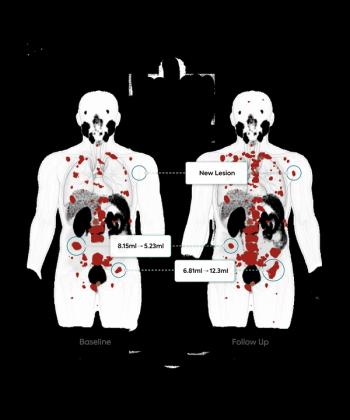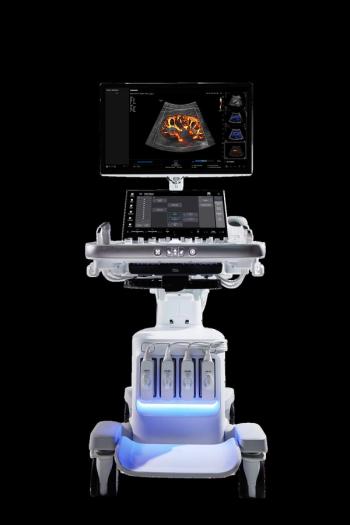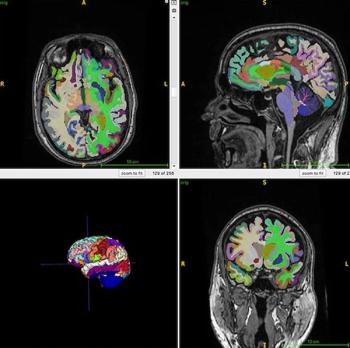
Rewriting the Rules…Again
Time to focus on who writes health care legislation.
So, here we are, on the verge of yet another sweeping change to how health care is governed, regulated, and otherwise meddled with by folks other than doctors and their patients.
What went wrong with the last attempted overhaul, and what should happen this time around, are matters far too intricate to cover in a silly little blog like mine. Further, as a rad who interprets imaging studies for a living, I’m ill-equipped to opine regarding, say, the finer details of Medicaid coverage for pediatric dentistry. I imagine most such dentists, if intellectually honest, would reciprocate.
Be that as it may, I think it’s safe to say that a lot of what went wrong with previous attempts at fixing health care-and probably the next one, if past mistakes are repeated-might be the approach itself. That is, who is writing the new sets of rules, and who is advising them.
Near as I can tell, thus far this has been anyone but physicians who routinely provide health care. That is, who actually work in the system that is being rejiggered. The folks who heretofore had input spent their days in boardrooms, committees, and other nonmedical offices (administrative, political, legal, take your pick).
Just as those lawyers, politicos, and other assorted bureaucrats are not in the habit of seeking out physicians for guidance on matters legal, political, and paper pushing, it might just make sense that they not be unilaterally calling the shots when it comes to our field.[[{"type":"media","view_mode":"media_crop","fid":"56100","attributes":{"alt":"Healthcare reform","class":"media-image media-image-right","id":"media_crop_7729499152366","media_crop_h":"0","media_crop_image_style":"-1","media_crop_instance":"7045","media_crop_rotate":"0","media_crop_scale_h":"0","media_crop_scale_w":"0","media_crop_w":"0","media_crop_x":"0","media_crop_y":"0","style":"height: 179px; width: 170px; border-width: 0px; border-style: solid; margin: 1px; float: right;","title":"©Kev Draws/Shutterstock.com","typeof":"foaf:Image"}}]]
Token gestures of deference to us doctorly types, such as having a group of people in white coats pose for a photo-op with authors of new legislation, won’t substitute for real seats at the table. Such paper-thin charades only serve to create distrust, even suspicion.
Similarly, having a handful of “professional societies” endorse the new rules (after they are written) rings hollow. In part because an awful lot of physicians don’t feel they have a voice in the pronouncements of these groups…but that’s a topic best left for another column.
I think it’s a good start that Dr. Tom Price is in the thick of things, this time around. If only for the reason that he’s an MD, and spent quite a few years doing clinical work. He knows the system, and has had a chance to see firsthand what is wrong with it.
That said, Wiki tells me that he began holding political office in ’96, and I imagine that subsequently he’s had little time to be anything but a politician. I could be wrong, of course, but it seems entirely possible that his last direct experience of practicing medicine was around 20 years ago. A lot has changed since then, including the institution of PPACA (Obamacare, if you like). Hopefully, he’s kept in touch with colleagues who are still “in the trenches.” Or is inclined to reach out to some of us in the field.
Newsletter
Stay at the forefront of radiology with the Diagnostic Imaging newsletter, delivering the latest news, clinical insights, and imaging advancements for today’s radiologists.



























